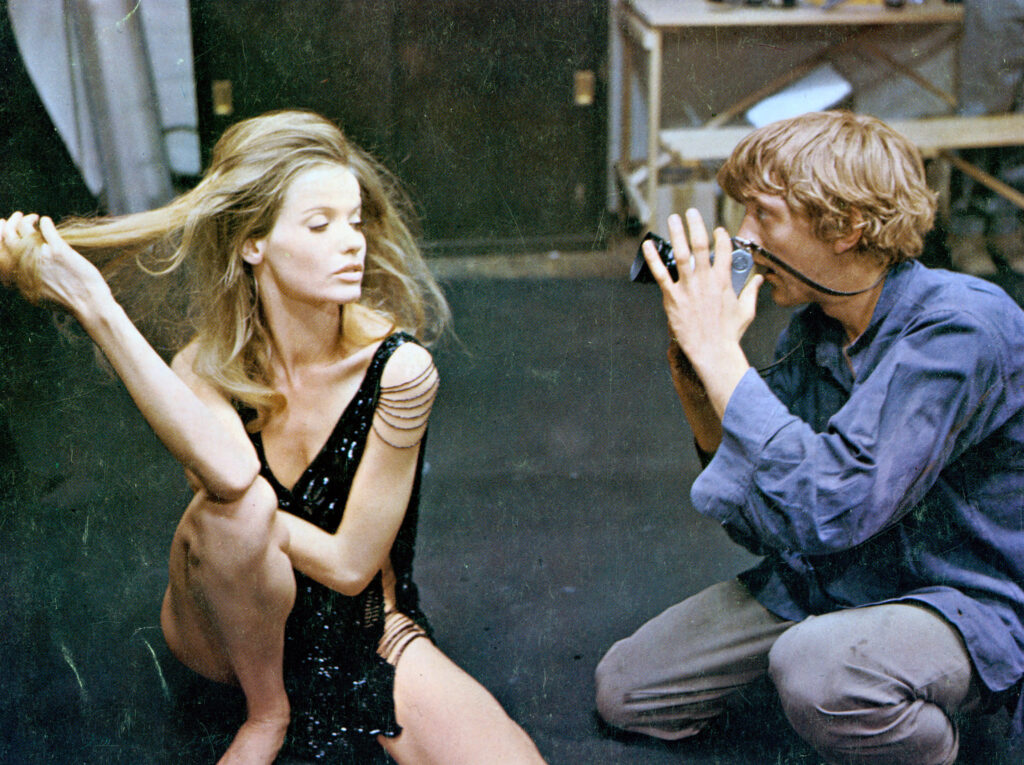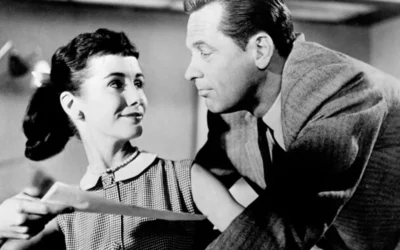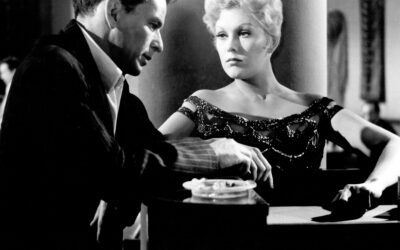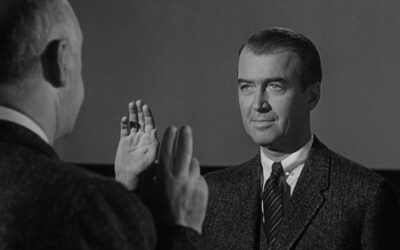
Film Censorship—How It Began, How It Ended

The fact is censorship always defeats its own purpose, for it creates, in the end, the kind of society that is incapable of exercising discretion.”
– Henry Steele Commager
As early as 1907, Chicago passed an ordinance to monitor immoral influences in films. In 1911 Pennsylvania enacted a tough law allowing it to censor films. During the early 20th-century, film censor boards were formed in many states but they were not exactly uniform. What was lawful in one state would be unlawful in another. These inconsistencies proved to be a headache for the Hollywood studios. Of greater concern, however, was the possibility the studios might face federal regulation.
The studios decided to self-regulate and in 1922 created the Motion Picture Producers and Distributors Association (MPPDA), headed by Will H. Hays. With the advent of talking pictures in 1927, a more rigorous censorship code was implemented. With help from Father Daniel Lord, a Jesuit priest, the Hays Code gave producers specific guidelines what they could and could not show on film. In 1934, the Production Code Administration (PCA) was formed that had more bite. It required all films to have a Certificate of Approval before being released. That same year, Joseph L. Breen, a “tough, Irish Catholic,” was appointed to head the PCA. Breen ruled with an iron fist. “PCA decisions became binding – no film could be exhibited in an American theater without a stamp of approval from the PCA. Any producer attempting to do so faced a fine of $25,000.” Some of the rules Breen enforced would be ludicrous today like requiring married couples to occupy separate beds and not allowing toilets to be seen in bathrooms. During Breen’s term in office, 1934-1954, he was considered one of the most ruthless and powerful men in Hollywood.
Two momentous Supreme Court decisions helped bring down the PCA:
1948. The Supreme Court required major studios to divest all their movie theaters. No longer could studios dictate to theaters what they can and cannot exhibit. Cutting-edge independent and foreign films began to flourish in the U.S.
1952. The Supreme Court ruled that film was “a form of artistic expression protected by the freedom of speech guarantee in the First Amendment of the United States Constitution.”
Today, replacing the onerous PCA, is the Motion Picture Association of America (MPAA). In 1968, the MPAA instituted ratings based on what’s appropriate by age: G, PG, PG-13, R and NC-17.
Here are six trail-blazing films, listed chronologically, each one vigorously defying censorship:
L’AMORE – Episode Two- The Miracle (1948)
Although this episode in Roberto Rossellini’s film passed Italian censors, it was considered blasphemous in the U.S. and banned. Distributor Joseph Burstyn appealed the decision but lost. He finally prevailed after receiving a favorable ruling by the Supreme Court.
THE MOON IS BLUE (1953)
Breen ruled the film violated the Code because of its “light and gay treatment of the subject of illicit sex and seduction.” Again, Preminger appealed the decision and lost, and, again, the Supreme Court overruled the previous decision.
THE MAN WITH THE GOLDEN ARM (1955)
Producer/director Otto Preminger opened the film without a Seal of Approval. Preminger maintained that the film “would not entice viewers to take drugs since drug use in the film was depicted as having severely negative consequences.” Six long years later, the film finally received approval. The victory also allowed subsequent movies to more freely explore hitherto taboo subjects like miscegenation, abortion, and prostitution.
ANATOMY OF A MURDER (1959)
Richard J. Daley, mayor of Chicago, objected to its irreverent language and banned the film in the heavily Catholic city. The producer appealed in the federal court in Illinois and the ban was overturned. The court determined that “the clinical language during the trial was realistic and appropriate within the film’s context.”
THE PAWNBROKER (1965)
The Motion Picture Production Code found the brief showing of bare breasts and a sex scene to be “unacceptably suggestive and lustful.” After the producers agreed to reduce the length of the objectionable scenes, the film was approved. Although the reductions were minimal, the media hailed it as a victory for Allied Artists, the film’s producer.
IN CASE YOU MISSED OUR OTHER RECOMMENDATIONS
YOU MIGHT ALSO CONSIDER:
A Man Called Ove
Ove Lindahl lives in a Swedish townhouse neighborhood. He’s had three recent emotional setbacks: he was deposed of his chairmanship of the neighborhood association, six months ago he lost his beloved wife, Sonja…
A New Leaf
Henry Graham, a playboy who inherited a substantial amount of money, has been informed by his lawyer that he’s dead-broke. He spent all his wealth on maintaining a profligate lifestyle. Henry has no skills and no interest in pursuing work…
Chef
Miami-born Carl Casper is the head chef of the high-end Gauloise Restaurant in Brentwood, California…
Contact
If you found this site helpful, please recommend it to a friend. We also welcome your comments.
info@streaming-flix.com / call 917-439-3364
P.O. Box 20038
New York, N.Y. 10075











0 Comments